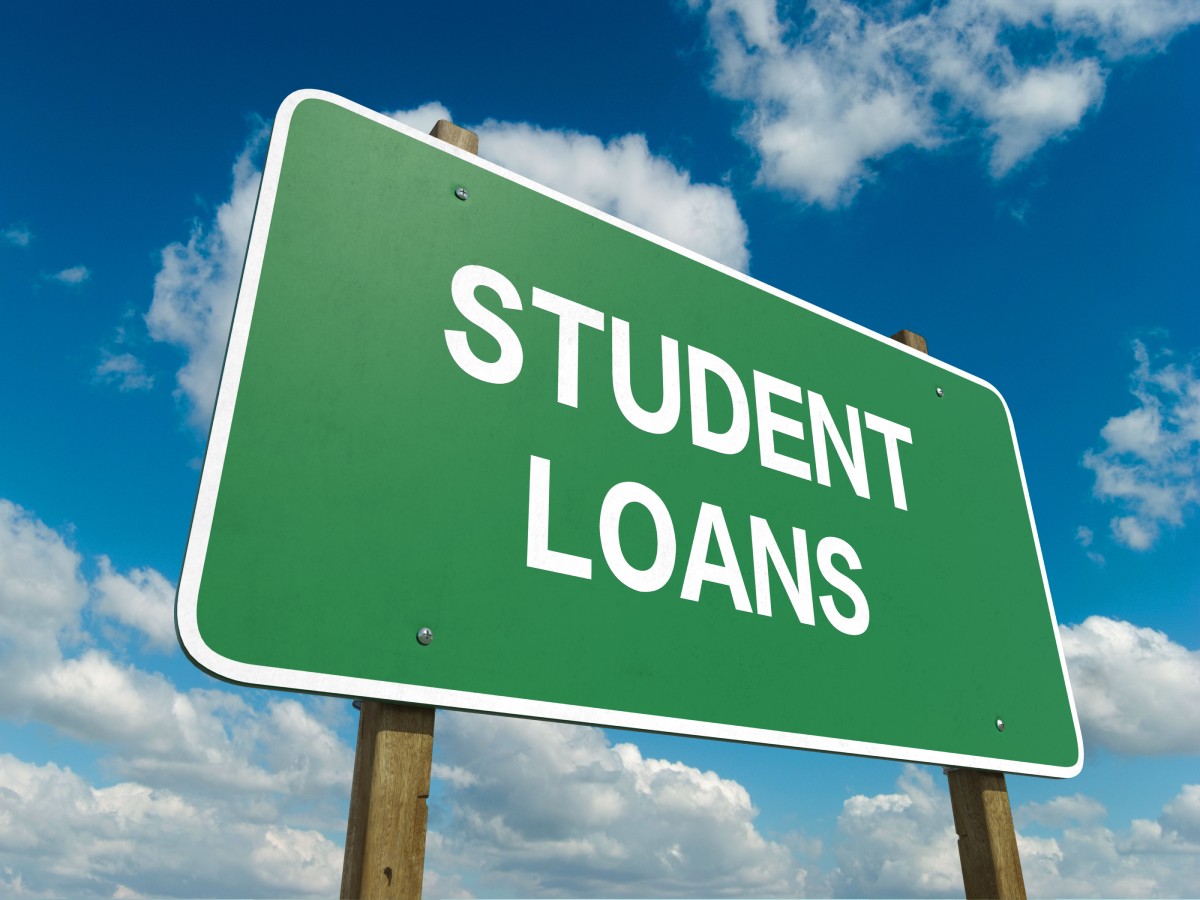Approximately 37 million people in the United States of America have outstanding student loan debt. The average balance per borrower for outstanding student loan is around $23,300. Comparatively, the college class of 2013 will graduate owing on average $35,000 in federal, state and private loans. The total amount of student loan debt in the United States is over $1 trillion, a staggeringly large number. This is often referred to as the Student Loan Debt Bubble. It is larger than either the total credit card or auto loan debt for the whole United States.
This summer Congress worked out a deal on interest rates for students taking out new federal loans. The original bill in the House would have forced borrowers to pay a variable interest rate, capped at 8.5 percent but the deal that was struck fixes each year’s loan, letting students lock in their costs. The deal sets interest on government-sponsored student borrowing to a market-based rate. Under the agreement, undergraduate Stafford borrowers will pay 2.05% above the 10-year Treasury note yield set at the last auction before June. This year that yield was set at 1.81%. When you add the two together you get 3.86% interest rate for undergraduate students. Graduate students will pay 3.6% above the 10-year Treasury yield, or 5.41 percent on their Stafford loans. And Federal PLUS loans will be paying 4.6 percentage points above the 10-year Treasury note yield, or 6.41%.
Student loans are now more likely to be delinquent than other major types of debt. Presently, 11% of student loan balances are more than 90 days overdue. Some would say that the number is actually higher. If you exclude student loan debtors that have deferred the payments on their loans, the percentage of delinquent borrowers would likely be more than 20%.
Because of changes made to the Bankruptcy code in 2005, as well as extreme readings of the Brunner test by bankruptcy courts, it is now exceedingly difficult for students and their families (who often guarantee the loans) to discharge either the federal or private student loans through the bankruptcy process. While there is a small movement to make student loans more easily dischargeable in bankruptcy if there is a good-faith effort to repay, the practical non-dischargability of student loans will put pressure on students to file for bankruptcy on their other debts which are more easily dischargable. Making student loans easier to discharge would definitely help students without co-signers on their loans. It is unclear whether students and co-signing parents would both file bankruptcy in order to discharge student loans, as parents in particular may have income and assets that would make filing a Chapter 7 bankruptcy impracticable or in some cases impossible.
If you have questions about your student loans or what debts may be dischargable in bankruptcy, please give us a call at 888-529-9600 or fill out the form on the side of the page to contact us by email.
You can find more information on the student loan bubble and student loan statistics at: washingtonpost.com,businessweek.com, chicagotribune.com, newyorkfed.org, asa.org, and bloomberg.com.






